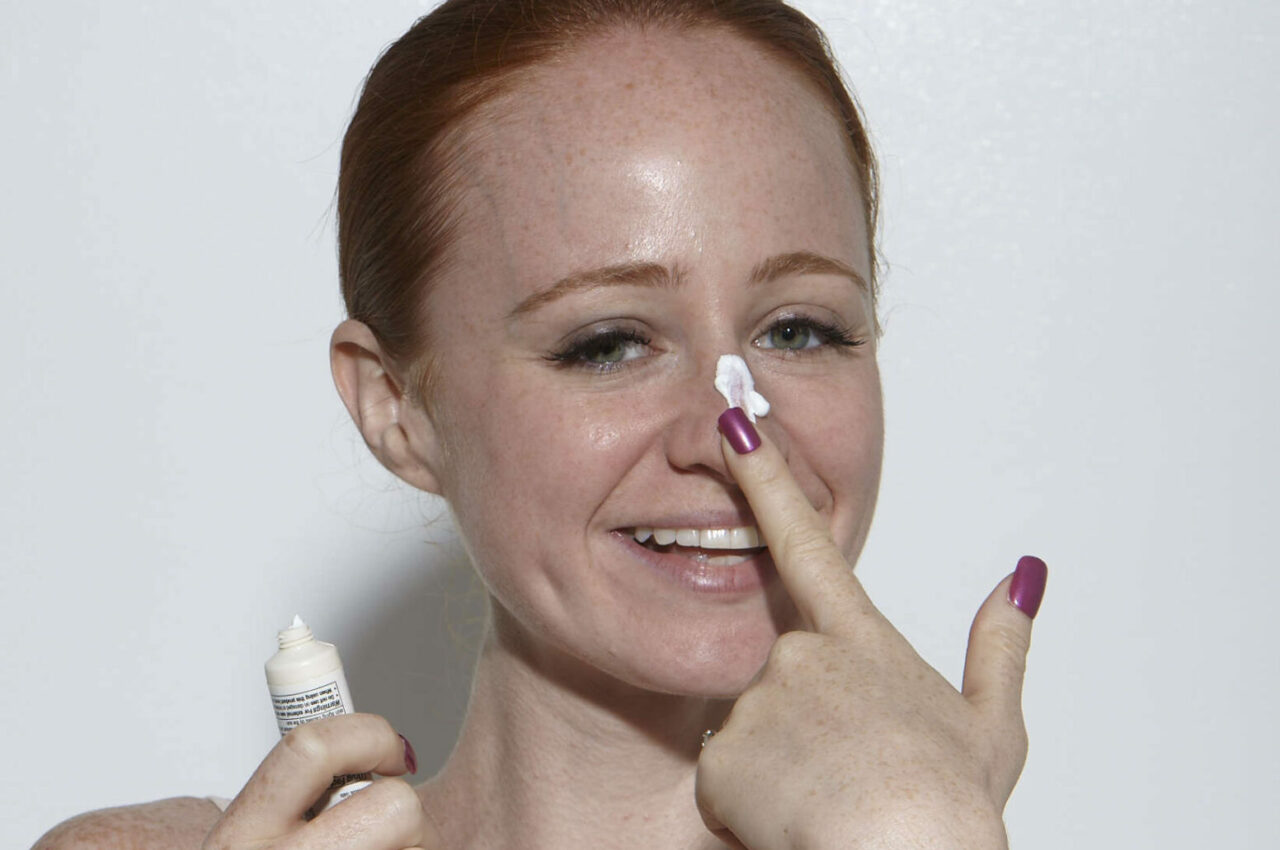We know sunscreen and other forms of sun protection (think: hats, UPF clothing) are the only ways to prevent skin cancer and sun damage. This is why sunscreen application not only super important, but vital. That being said, there are some common application mistakes many of us make on a daily basis. Keep reading to see if you might be applying your sunscreen wrong and how you can fix your habits to ensure full protection.
1. You might not be applying enough
Most of us aren’t wearing enough sunscreen, which can lead to improper coverage. For your face, you should be using about ¼ -⅓ of a teaspoon, or about the size of a nickel. For your body, you should use about an ounce.
To ensure proper sun protection, it’s important to apply sunscreen generously. A general guideline is to use about one ounce, equivalent to a shot glass full, to cover your entire body. For your face and neck, a nickel-sized amount should suffice, while each arm and leg should receive a generous application. Don’t forget to thoroughly cover your front and back as well as any other exposed areas like ears, hands, and feet. Regular reapplication, typically every two hours or more frequently if swimming or sweating, is crucial for maintaining sun protection throughout the day. Applying an adequate amount of sunscreen is key to safeguarding your skin from the harmful effects of UV rays.
2. You might only apply once
We know sunscreen reapplication is super important, yet most of us aren’t doing it. Reapply your sunscreen every 1-2 hours as long as you’re exposed to the sun.
To determine when to reapply sunscreen, follow these guidelines. Generally, it’s advisable to reapply sunscreen every two hours while outdoors. If you’re engaged in water activities or sweating heavily, consider reapplying every 40-80 minutes to maintain protection, as water and sweat can diminish sunscreen’s effectiveness. After towel drying, changing clothes, or if you’re in a high-sun-intensity environment, remember to apply sunscreen to exposed skin. Also, be aware that different sunscreen types may have varying reapplication recommendations, so check the product label. Consistent and timely reapplication is essential to safeguard your skin from harmful UV rays and reduce the risk of sunburn and skin damage.
3. You might be skipping sunscreen on cold/cloudy days
Sunscreen is crucial year-round. Cloudy days don’t always equal low UV index, and even a cold day can have a high-risk factor. Always check your UV index and wear sunscreen anytime it’s above 0.
To check the UV index, you have several convenient options. Many weather apps, both on smartphones and websites, offer UV index information as part of their daily forecasts. Additionally, dedicated websites and government agencies, like the Environmental Protection Agency (EPA) in the United States, provide up-to-date UV index data for your location. Specialized UV index apps are also available for smartphones, offering real-time information and sun protection tips. Some news broadcasts and TV weather reports include the UV index in their weather segments. Keeping an eye on the UV index is essential to gauge the level of UV radiation in your area, enabling you to take appropriate measures to protect your skin from sunburn and potential damage.
4. You might rub in your sunscreen too much
Maybe the most common, and least thought-about mistake is rubbing in your sunscreen too much. We all want to get even coverage and make sure it’s fully absorbed into the skin, but rubbing too much can actually decrease the effectiveness of your sunscreen. Instead, try to swipe it on and apply it in coats for even protection.
5. You might be applying sunscreen at the wrong time
Sunscreen needs a little time to soak in, so apply it 15-30 minutes before you head out the door. Additionally, you want to make sure sunscreen is the last step in your skincare before applying makeup.
Applying sunscreen as the final step in your skincare routine is crucial for several reasons. First, it serves as a protective barrier against harmful UV radiation, effectively locking in the benefits of your prior skincare products. Second, sunscreen needs direct contact with your skin to work effectively, and applying it last ensures it isn’t diluted or disrupted by other products. Third, skincare products like moisturizers and serums are meant to be absorbed, whereas sunscreen should sit on the surface to reflect or absorb UV rays. By applying sunscreen last, you maximize its ability to shield your skin from sun damage, all while minimizing potential interference with your other skincare products.
Rock it like a Redhead!
RELATED POSTS
READ: 5 New Sunscreen Products Redheads Should Know About: Tested By Editors
READ: 10 Sunscreen Rules from a Dermatologist All Redheads Should Know



